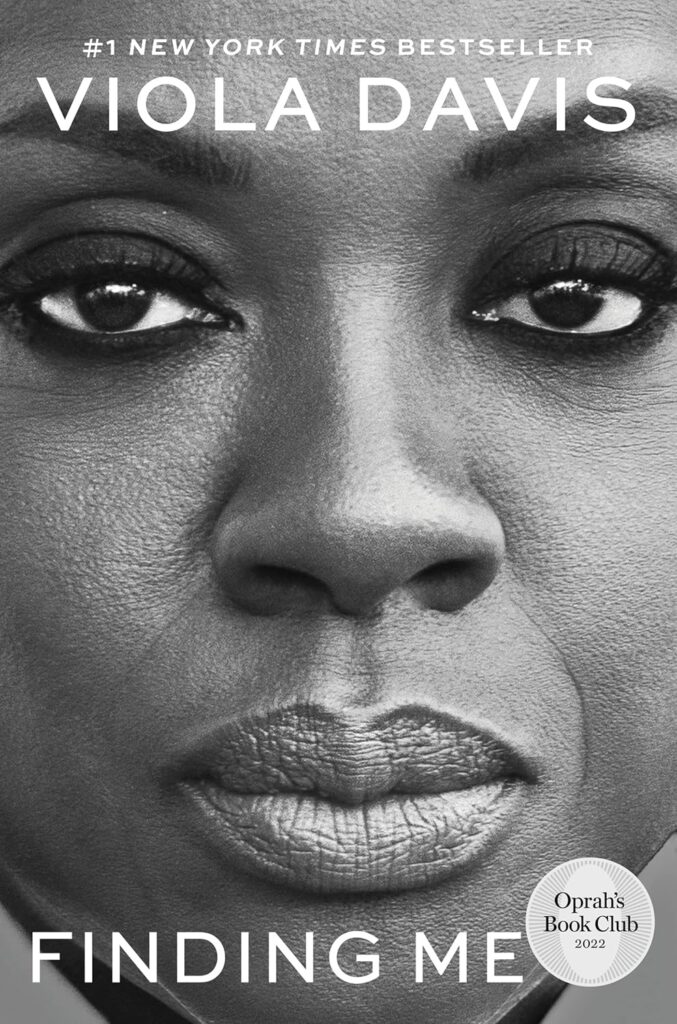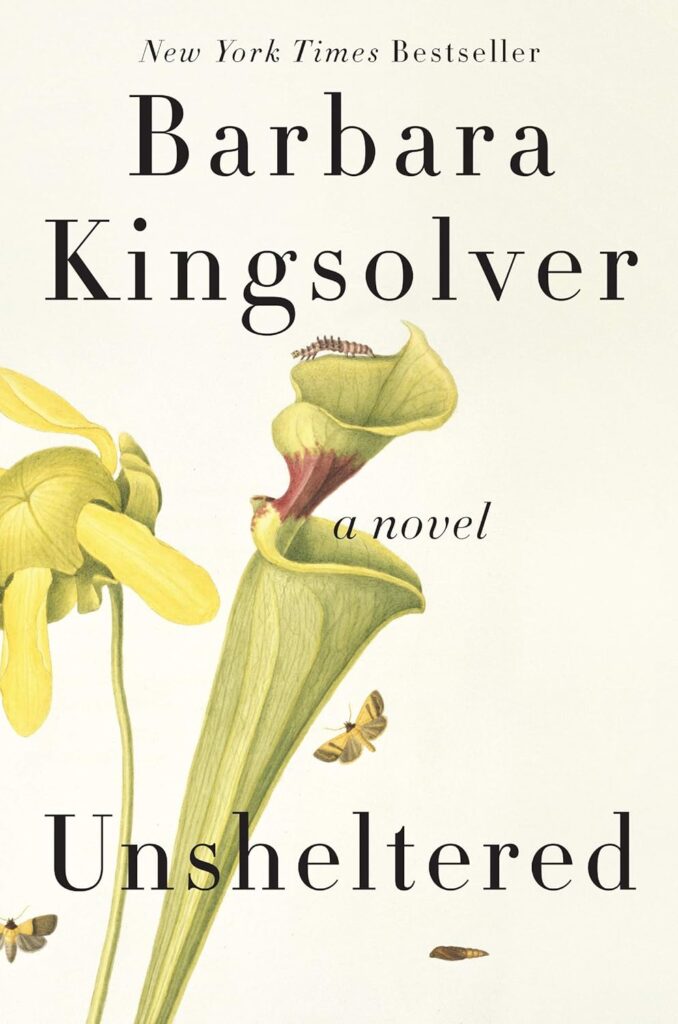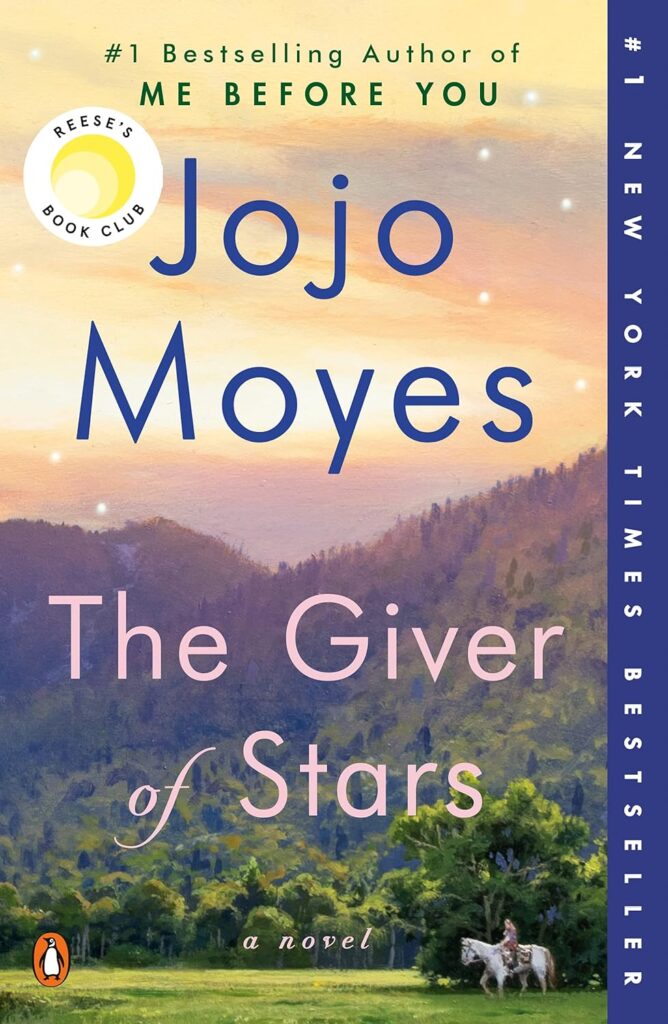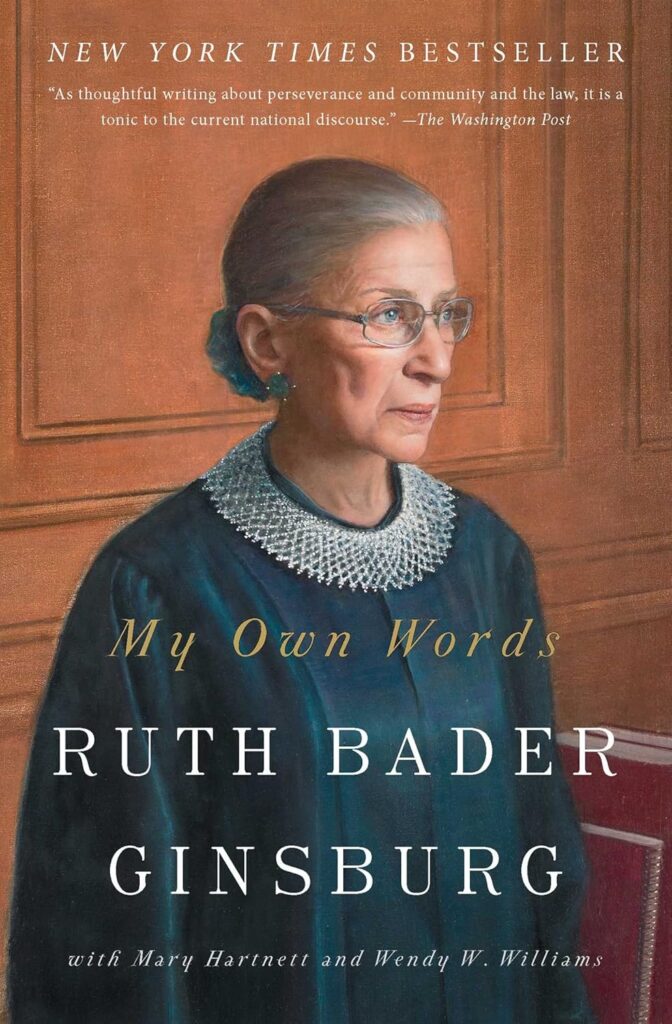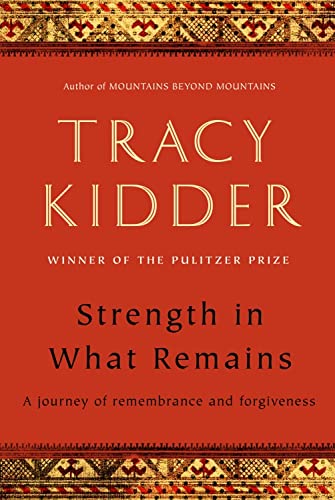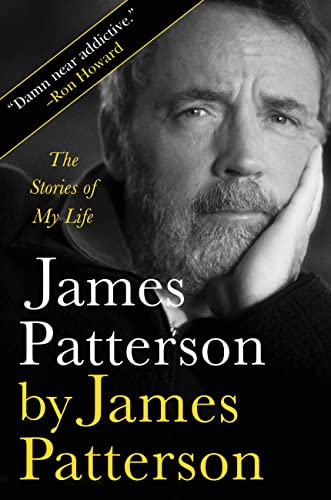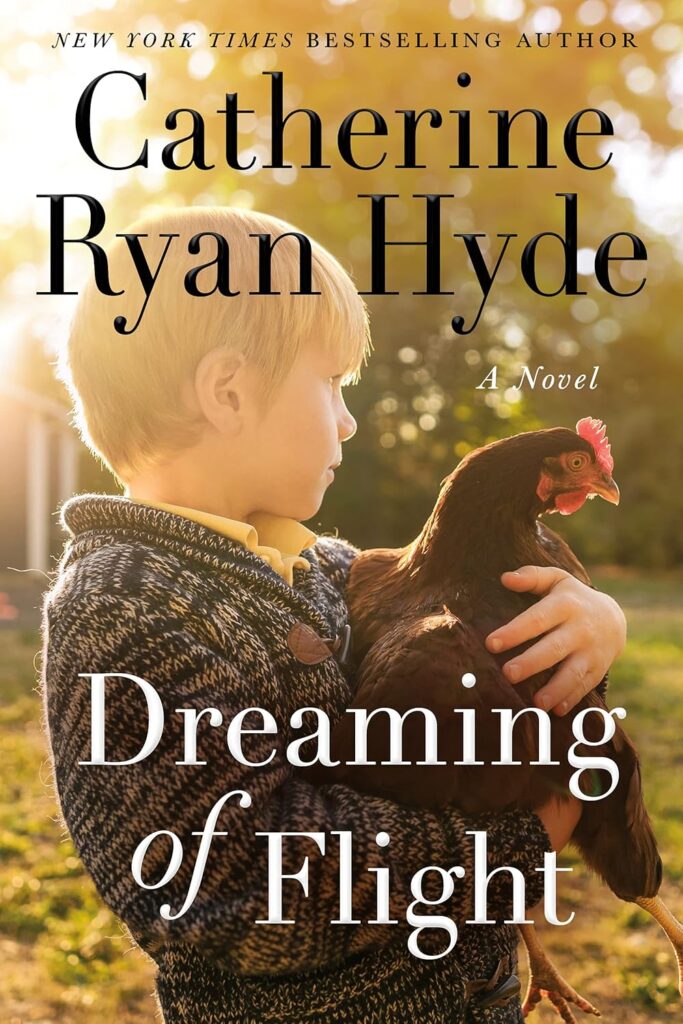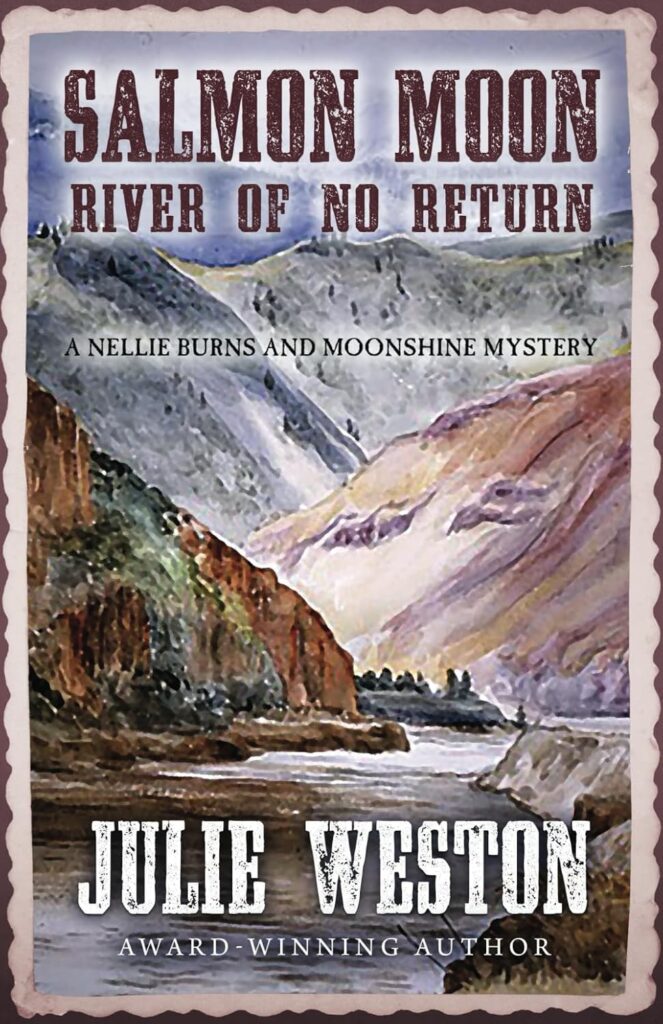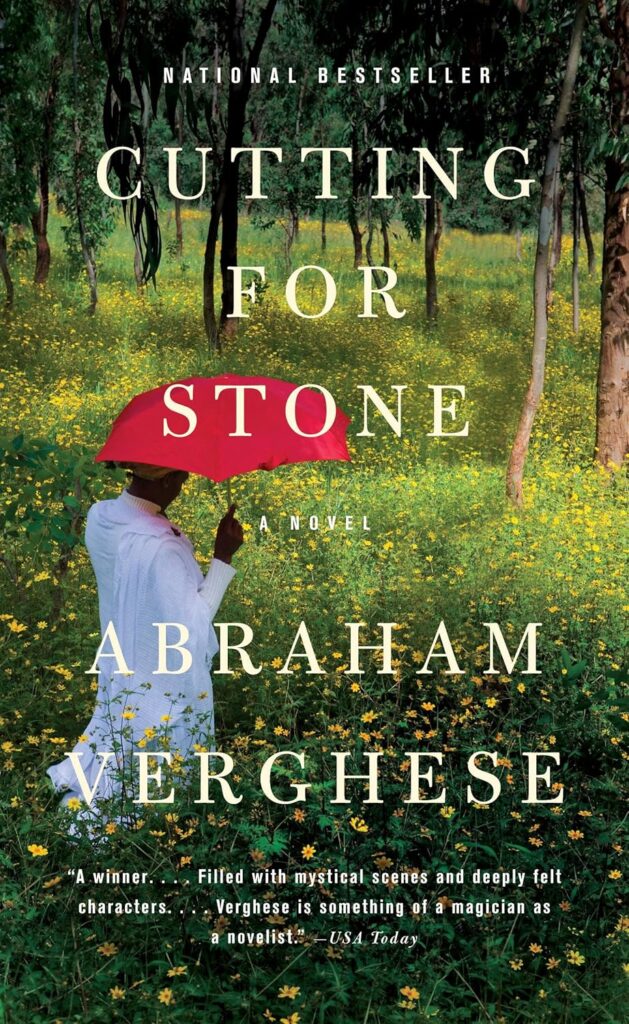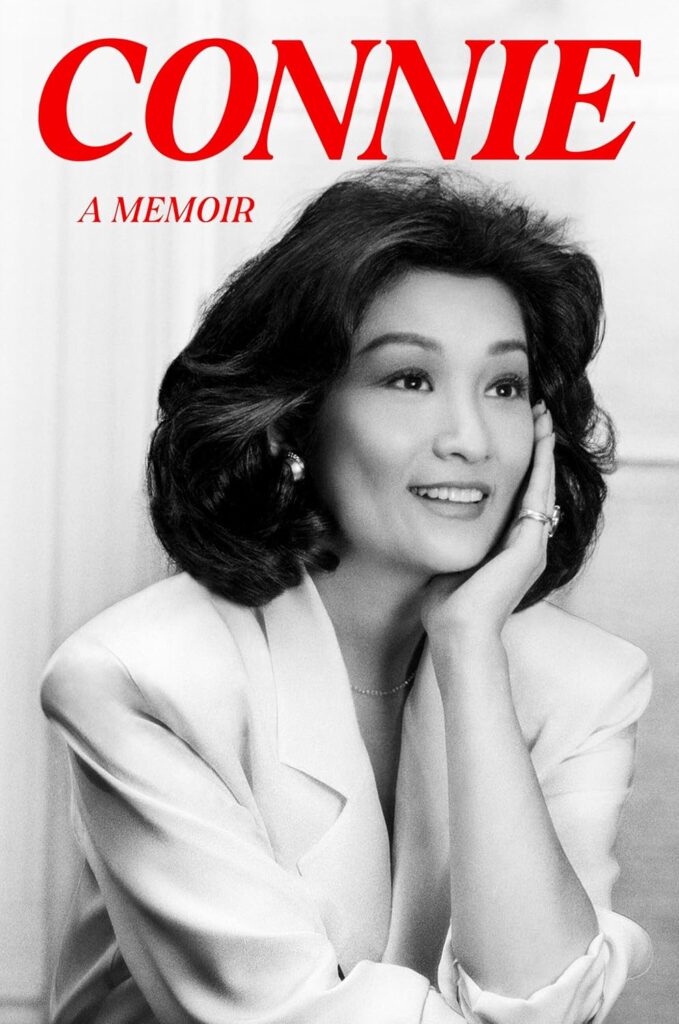Finding Me: A Memoir by Viola Davis, one of Hollywood’s most acclaimed actors, is a heart-wrenching story as well as one of hope, victory and self-love. Viola was born in 1965, Central Falls, Rhode Island, and the story begins when she was a young girl.
Her family was poor. They lived in a crumbling, rat infested apartment with no running hot water. As she grew older, Viola became self-conscious about smelling bad. She began washing her clothes with cold water at night and the next morning, getting dressed for school, putting on the often still-damp clothes. Viola envied kids whose parents called them in for dinner. Just imagine! A family sitting down for a real meal, a practice that was absent in Viola’s family. She was often hungry and when she did eat, it was usually junk food. Viola was one of several children, though in her early years three older siblings were being raised by grandparents. Her father was unfaithful and abusive to her mother, and the children were often subjected to his alcoholic rages. Viola was often bullied at school, not only by students, but by teachers as well. Viola utterly lacked self-love and the ability to open up to anyone. She always felt like an outsider. Viola’s was a life of chaos, violence, anger, and poverty mixed with shame.
When she reached high school, Viola joined the Upward Bound Program, a U.S. Department of Education federal grant program that helps low-income students prepare for higher education. It offers academic instruction, tutoring, counseling, and cultural enrichment activities. Viola thrived, and for the first time could see possibilities for a worthwhile future.
From high school she received a full-ride scholarship to Rhode Island College. For the first time in her life she had her own room, a desk, a little closet, a shower with hot running water, heat, and nourishing meals. Still she fought depression and often felt inadequate. She had dreams of becoming an actor, and took English and other classes relating to theater. Viola graduated from Rhode Island College with a theater degree.
Viola was accepted in The Circle in the Broadway Square Theatre and began performing in plays. She attended a four-year program at Juilliard, graduated and eventually performed on television and movies. At the age of 38, she married Julius Tennon, a versatile and experienced film, television, and theater actor and producer.
My husband and I have often admired the talented Viola Davis and have seen her in several television series (Law & Order, The Jesse Stone Series, Murder She Wrote) and movies (Doubt, Fences, The Help). I’d never known of her struggle. Her story is a remarkable journey from stark poverty and self-doubt to a richly successful actor with a satisfying family life. I’ve barely touched on the highlights and low periods of this remarkable woman’s journey. Finding Me is a highly inspiring testament to resilience and self-acceptance.


